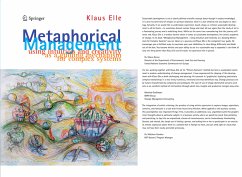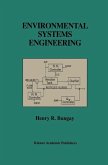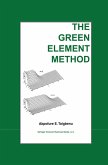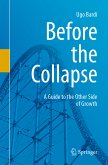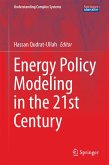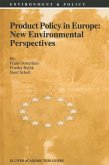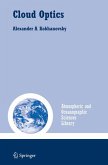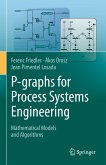In times of general instability change management is a great challenge. Our fossil mental patterns are not sufficient any more to be able to navigate sensibly the global scenario of complexity. Metaphorical thinking is a method which releases creative impulses into every change process and is of practical use, activating collective knowledge as a new network resource at the same time. This book reflects modern economy, ecology, sustainability and perception from an artistic perspective. However, it is not so much about "art", but rather how the modern artist takes on a serving role in the social arena again. He makes his creative knowledge available to connect processes of large-scale social development, he extends the boundaries of our scientifically limited world view and creates inspired playgrounds where the sensory-visionary can freely interact with the technically-necessary. This is no new aesthetic theory but rather a practical application of the creative process in operation at the crossroads of social interaction. Metaphorical thinking is emotionalized thinking and the observer is not separated from reality, but the centre, the starting point, of every change and new development. This volume offers creative ways to find solutions for a wide range of complex problems. It is a practical instrument for modern leadership and can be used to teach complexity in new ways. This work will help to create a global dialogue for sustainable change.
Dieser Download kann aus rechtlichen Gründen nur mit Rechnungsadresse in A, B, BG, CY, CZ, D, DK, EW, E, FIN, F, GR, HR, H, IRL, I, LT, L, LR, M, NL, PL, P, R, S, SLO, SK ausgeliefert werden.

